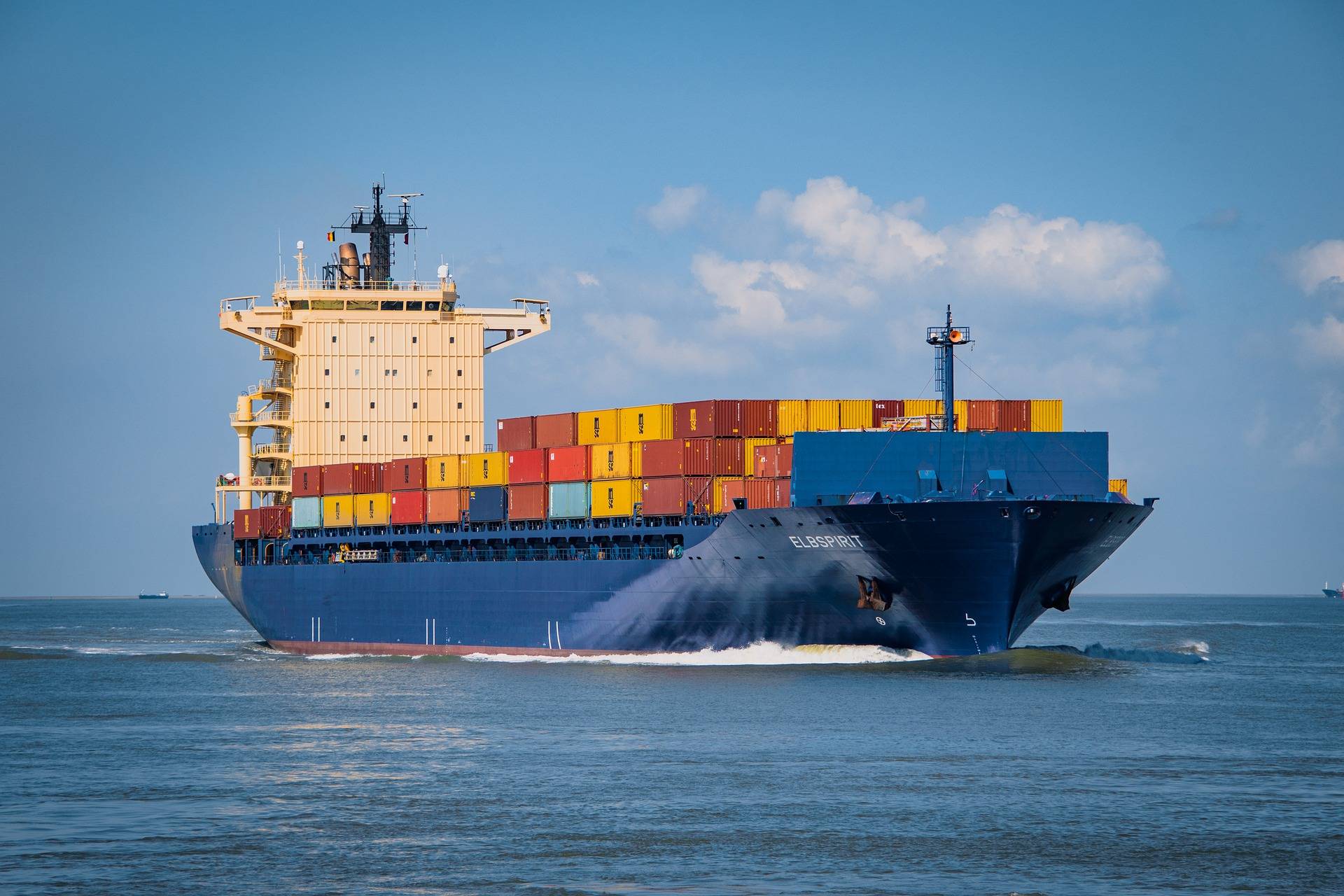When shipping goods to South Africa, overpacking can lead to unnecessary costs and environmental waste. Whether you’re sending personal items or commercial products, understanding how to avoid overpacking when shipping to South Africa is crucial for optimizing logistics and reducing expenses. This guide offers practical tips to help you pack efficiently and ship smartly.
1. Assess the Nature of Your Goods
Determine Fragility
Examine your items to identify their fragility. For sturdy products like metal tools, minimal padding suffices. In contrast, delicate items such as glassware or electronics require more protection. For example, a single layer of bubble wrap may be enough for plastic containers, while a smartphone should be cushioned with multiple layers and placed in a shock-absorbing box.
Consider Shape and Size
Irregularly shaped items might seem to need excessive packaging, but with some creativity, you can optimize space. For instance, you can nest smaller items inside larger ones, like placing small kitchen utensils inside pots before wrapping them together.
2. Select Appropriate Packaging Materials
Choose the Right Boxes
Opt for boxes that closely match the size of your goods. A box that’s too large will prompt you to use more filler materials. When shipping clothing to South Africa, a medium-sized cardboard box can hold several folded items without much extra space. Avoid using overly thick or rigid boxes for lightweight items, as they add unnecessary weight.
Use Minimal Fillers
Instead of filling extra space with mountains of packing peanuts or excessive bubble wrap, use eco-friendly alternatives like recycled paper or biodegradable foam. You can also repurpose materials at hand, such as old newspapers or towels, to cushion items without overdoing it.
3. Plan Your Packing Strategy
Organize Items Efficiently
Group similar items together and pack them in the same container when possible. When shipping a variety of small electronics, bundle them with cable ties and place them in a single, appropriately sized box. This reduces the need for multiple, oversized packages.
Stack and Layer Wisely
For items that stack well, like books or plates, stack them neatly and secure them with straps or tape. Place heavier items at the bottom and lighter ones on top. This approach stabilizes the package and minimizes the need for additional support materials.
4. Understand Shipping Regulations and Requirements
Check Carrier Guidelines
Different shipping carriers may have specific rules regarding packaging. Some might limit the use of certain materials, while others have size and weight restrictions. Before packing, review the guidelines of your chosen carrier to ensure compliance and avoid last-minute repacking.
Familiarize with South African Customs
South African customs may have regulations related to packaging materials, especially those that could pose environmental or safety risks. Knowing these requirements in advance helps you choose suitable packing materials and avoid potential issues at the border.
5. Seek Professional Advice if Needed
Consult with Shipping Experts
If you’re unsure about the best packing methods, don’t hesitate to reach out to shipping professionals. Companies like China Top Freight have experienced staff who can offer valuable insights on packing efficiently for shipments to South Africa. They can provide guidance on everything from material selection to proper item placement.
Learn from Past Shipments
Review your previous shipping experiences. Analyze which packing strategies worked well and which led to overpacking. Use this knowledge to improve your packing approach for future shipments to South Africa.
In conclusion, avoiding overpacking when shipping to South Africa is achievable through careful assessment of your goods, smart material selection, efficient packing strategies, and a good understanding of shipping regulations. By following these tips, you can reduce costs, cut down on waste, and ensure that your shipments reach South Africa safely and cost-effectively. Whether you handle shipments regularly or occasionally, these strategies will help you pack like a pro and make the most of your shipping budget.


